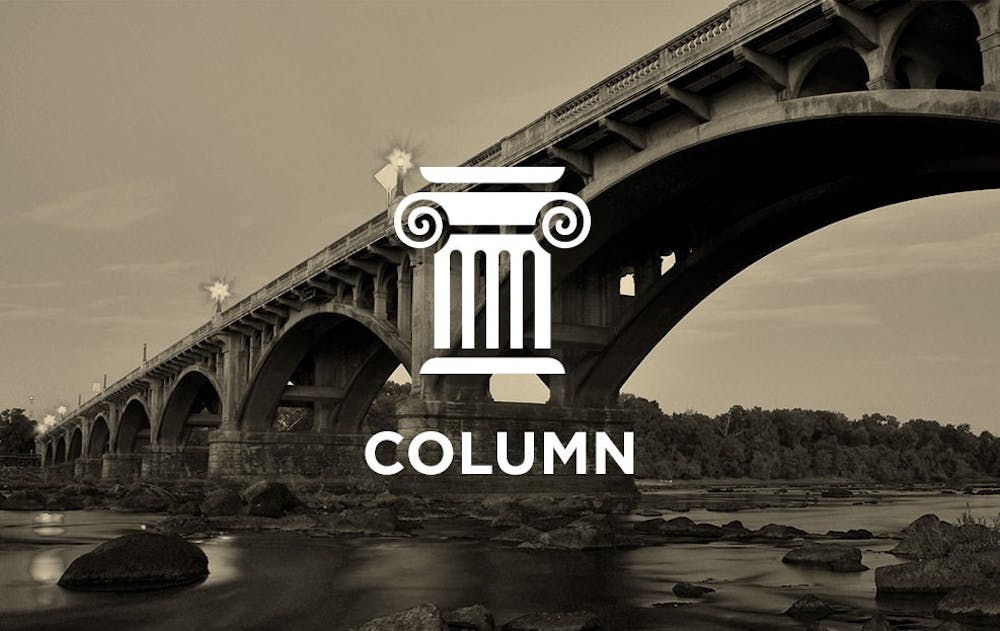If you’ve been following the news this past weekend, you probably heard the phrase “alternative facts.” If you’re curious about the exact meaning of such an odd phrase, I’m not the person to look toward — in fact, the only person who could probably tell you what it really means is Kellyanne Conway. However, I can tell you what this phrase and the controversy surrounding it mean in the context of the Trump administration, the free press and facts themselves.
The controversy was sparked by the Trump administration’s first remarks to the press, which went about as well as you’d expect. Sean Spicer, the White House press secretary who really hates Dippin’ Dots, ripped into the press for what the Trump administration considered unfair reporting on the size of his inauguration crowd. Spicer parroted Trump’s nonsensical rhetoric regarding the size of the crowd, stating that the inauguration had “the largest audience to ever witness an inauguration, period.”
Not only was this statement totally false, Spicer backed up this claim with blatantly incorrect information, information he could’ve gotten had he bothered to read any of the sources available to him. Following the predictable media backlash, Conway responded by claiming that Spicer was simply using “alternative facts,” a statement so bizarrely Orwellian that even the interviewer was at a loss for words.
But why would “alternative facts” be considered Orwellian? A fact can be manipulated, taken out of context or bastardized to prove a point, but there is no such thing as an “alternative fact.” “Alternative facts” suggest that Spicer’s lies were indeed truths, even if they were demonstrably false. Such language goes beyond the usual spin and pushes into dangerous territory — territory where there are no facts, just opinions hiding behind a facade.
This state of affairs, of course, is a significant cause for concern as no previous American administration has gone after the press in such a way before. Previous administrations realized the need for keeping the press on good terms and what could happen should the status quo shift. The Trump administration, however, seems to have abandoned this straightforward approach and has simply shifted to attacking the basis of the media’s message in an attempt to delegitimize them. If the country no longer can tell actual facts from “alternative facts,” what’s to stop the Trump administration from telling its own narrative with any real consequences?
While “alternative facts” goes well beyond what we are used to in the United States, many throughout history were well acquainted with the thinly veiled threat even this simple manipulation of language represents. Umberto Eco, an Italian novelist who grew up under Mussolini’s reign, clearly calls out this kind of language in his essay “Ur-Fascism:” “All the Nazi or Fascist schoolbooks made use of an impoverished vocabulary, and an elementary syntax, in order to limit the instruments for complex and critical reasoning. But we must be ready to identify other kinds of Newspeak, even if they take the apparently innocent form of a popular talk show.”
This is not to say that the Trump administration is fascist, merely that his administration appears to be attempting to manipulate facts, language and the media in a way reminiscent of the beginning of such regimes. Rather than overreacting and calling this administration fascist (which it is not), we should call out this administration’s attempts to normalize aspects of fascism, namely, attempting to blur the lines between fact and opinion. If we fail to do this, it will become nearly impossible to hold Trump’s administration accountable for its actions. Democracy only functions when the government can be held accountable by the people. If we lose facts, we lose accountability. If we lose accountability, we lose democracy.

